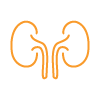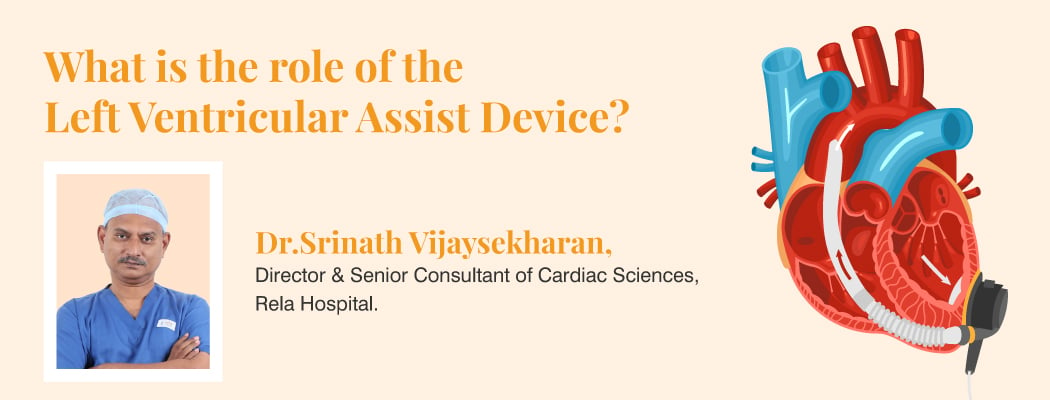What is a rectum?
October 7, 2022

The rectum is the large intestine’s terminal segment that links the colon to the anus. It is the place in the body where a person retains faeces before excreting them. The rectum is the last portion of the large intestine that connects to the anus. The large intestine is around 5 feet long, with the rectum contributing about 12-15 cm of that length.
Following digestion, the intestines push excrement into the rectum via the muscular walls of the sigmoid colon. Faeces are stored in the rectum until discharge occurs. Stretch receptors on the rectum’s wall sense when the rectum is entire and trigger the need to expel stool via the anus.
Rectal Anatomy
The large intestine is divided into four sections:
- Cecum: This portion, also known as the ileocecal junction, connects the small and large intestines. During digestion, the cecum absorbs water and any leftover salts.
- Colon: The colon is the extended segment of the big intestine. It consumes water and electrolytes as well.
- Rectum: The rectum holds faeces until the time for a bowel movement.
- Anal Canal: The anus is the large intestine’s last section. It aids in the passage of bowel motions.
The situation The rectum has a reliable source between the sigmoid part of the colon and the anal canal. The sacral and anorectal flexures are two primary flexures or bends in the rectum. There are also three lateral flexures known as the Houston valves. These bends assist in supporting the weight of faeces and preventing a strong and urgent need to defecate.
The rectal ampulla, which links to the anal canal, is located at the end of the rectum. The ampulla’s function is to serve as a brief holding area for excrement before it is released through the anal canal.
Common Rectal Conditions
The rectum can be affected by a variety of disorders, including:
- Haemorrhoids: Hemorrhoids are enlarged veins in the rectum and anus that protrude. They do not usually create signs, and however, when they do, people may encounter the following:
- Bleeding during defecating
- Skin protrusion during bowel movements
- Anal pain, irritability, or itching
- Anal ache with sensitive lumps
- Infections: Different conditions can damage the rectum, causing unpleasant symptoms such as itching, soreness, and proctitis. For example, after participating in anal intercourse, a person may get a sexually transmitted illness (STI). This might include:
- Anal herpes
- Gonorrhoea
- Chlamydia
- Syphilis
Antibiotic use can occasionally result in rectum bacterial infection. This is because antibiotics may kill the helpful bacteria that keep hazardous bacteria like Clostridioides difficile at bay. The dangerous germs can then multiply and infect the rectum.
Infections caused by fungi can also damage the rectum and rectal tissues. Fungal infections include the following:
- Histoplasmosis
- Mucormycosis
- Cryptococcosis
- Candidiasis
Parasites may get into the body and cause illness, especially inadequate cleanliness. Protozoa, single-celled organisms, and helminths, worms, are the two most common parasitic infections in the bowel. In addition, parasites can cause various disorders affecting various gut components, including the rectum.
- Anal abscess: A accumulation of pus in the tissue around the anus or rectum is known as an anal abscess. One usually arises as a result of an illness or an obstruction. A doctor traditionally cuts and drains the pus-filled hole as part of the treatment.
- Prolapse: Rectal prolapse is a disorder in which a portion or all of the rectal wall passes through the anal sphincter, the seal that keeps the rectal contents in place. The muscles that hold the rectum generally deteriorate in this situation. Rectal prolapse can be classified into three types:
- External: The whole rectum wall protrudes out of the anus, also known as full-thickness or total prolapse.
- Mucosal: Only the mucosa, or anus lining, protrudes through the anus.
- Internal prolapse occurs when the rectum folds in on itself but does not protrude through the anus.
- Incontinence: Since the rectum retains faeces, it is essential for managing defecation and preserving continence. Suppose a person suffers from muscular injury, nerve damage, prolapse, or scarring of the rectum, in that case. In that case, it could indicate that the rectum cannot function correctly, allowing faeces to seep through the anus.
- Rectal cancer: Rectal cancer is a disorder in which cancer cells originate in the rectum’s tissues. Rectal cancer may not necessarily cause symptoms. However, it can cause
- Pain
- Changes in bowel habits
- Bright red blood in stool
- Leaks of diarrhoea,
- Constipation.
The same factors that may raise the likelihood of rectal cancer also increase the chance of colon cancer. Risk factors for colorectal cancer include:
- Getting older. Colorectal cancer can be detected at any age. However, the majority of patients are over the age of 50. Colorectal cancer rates in persons under 50 have risen, but physicians aren’t sure why.
- Personal experience with colorectal cancer or polyps. If you’ve previously had rectal cancer, colon cancer, or adenomatous polyps, your chance of colorectal cancer is increased.
- Insufficiency of exercise. Inactivity increases your risk of developing colorectal cancer. Regular exercise may lower your risk of cancer.
- Diabetes. Poorly managed type 2 diabetes may be at a higher risk of developing colorectal cancer.
- Obesity. Obese persons have a higher risk of colorectal cancer than people who are at a healthy weight.
Tips for rectal health
People should strive to practise proper anal hygiene to preserve rectal health and prevent rectal disorders. This might involve having regular bowel movements and engaging in safer sex. Furthermore, lifestyle adjustments can enhance rectal health and lower the risk of rectal cancer. These are some examples:
- Consuming a good, well-balanced diet
- Avoiding alcohol
- Keeping a healthy body weight
- Avoiding alcohol
The function of a Rectum
The rectum is the final destination before the faeces are expelled via the anal canal. Anaerobic bacteria degrade indigestible dietary items and absorb electrolytes (sodium, potassium, chloride) similar to the colon. The faeces thickens due to water absorption and is combined with mucous.
Furthermore, the rectum is a component of the continence organ and plays a vital function in the defecation mechanism. Stretch receptors are activated when faeces enter the normally empty rectal ampulla. The information is sent to the central nervous system, which causes the person to feel the need to defecate. He may now choose whether to defecate immediately or later by relaxing or tensing the levator ani and sphincter ani externus muscles.
However, increased ampulla pressure causes an increase in the involuntary smooth corrugator cutis ani muscle and sphincter ani internus muscle relaxation (rectoanal inhibitory reflex), which is why keeping in the stool for a long period requires an increasing “effort.” The rectum helps in defecation by contracting. Additionally, the diaphragm and abdominal muscles’ voluntary tension raises intra-abdominal pressure (abdominal press).








